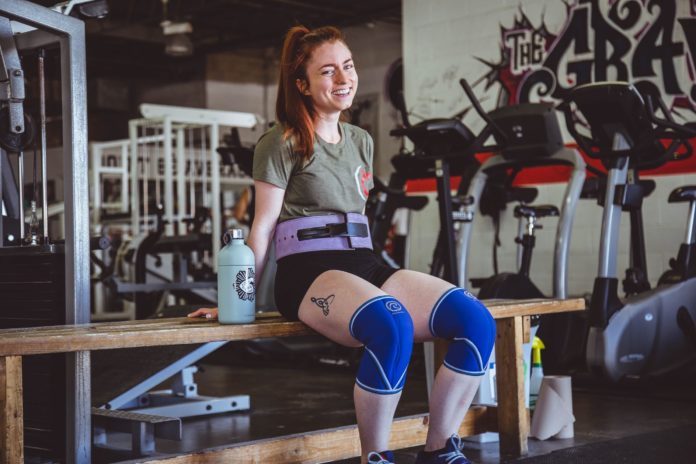
In the past, weightlifting belts used to be limited to Olympic weightlifting and powerlifting, but recently, recreational athletes have been wearing these belts. While at the gym, you’ll see tons of heavy lifters wearing these belts, but are they really necessary for recreational lifting and when should you use them?
Benefits of a Weight Belt
Weightlifting belts have two purposes—they reduce stress on the lower back while the person is doing overhead lifts, preventing hypertension, and they cause the lifter to be more aware of the position of their back, which can help the lifter maintain good posture.
How to Wear a Weight Belt
To maximize its usefulness, a belt should be worn tightly and it shouldn’t be worn for a prolonged period of time. They should only be worn when doing maximal or submaximal lifts like squats or deadlifts, where the weight is being supported by the lifter’s back, and for exercises where the back is hyperextended like a military press.
When You Don’t Need a Weight Belt
For lighter weights and exercises where the back isn’t supporting weight like lateral pull-downs and leg extensions, there’s no point in wearing a belt. In fact, constantly wearing a belt can decrease abdominal strength because you don’t use your core as much to stabilize when you’re wearing a weight belt.


